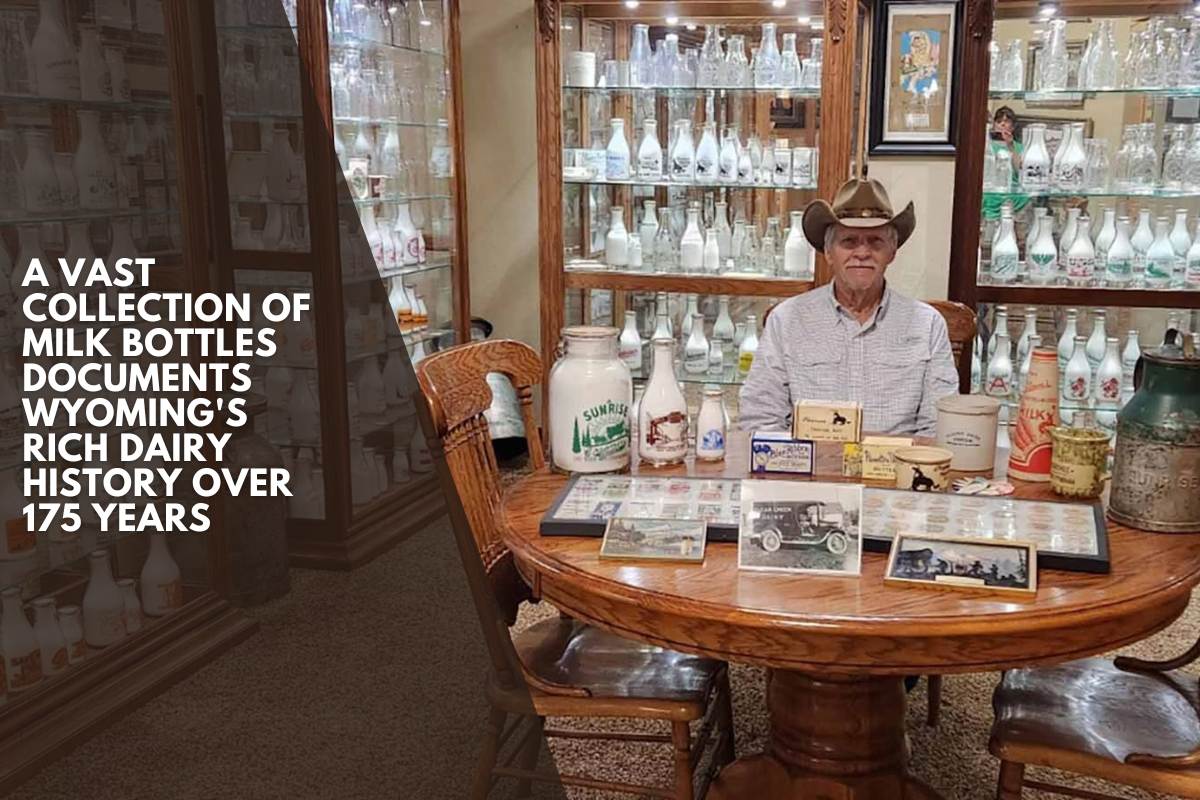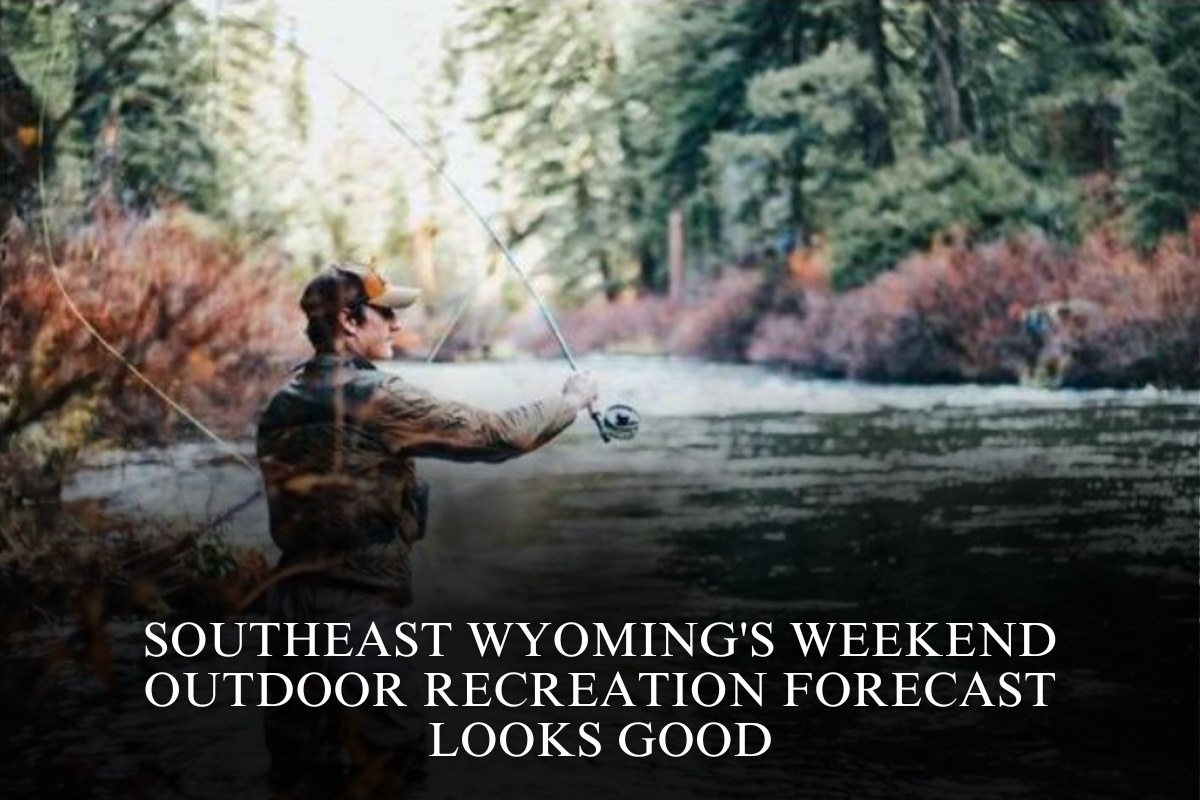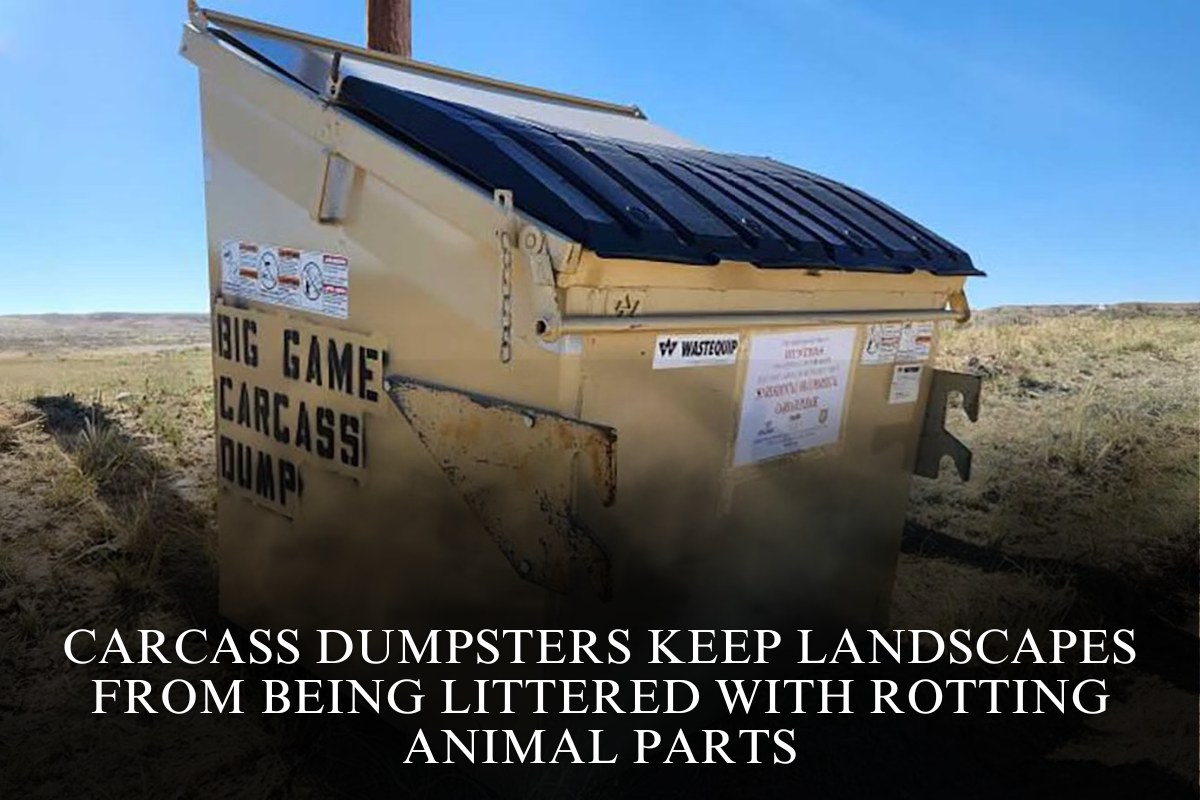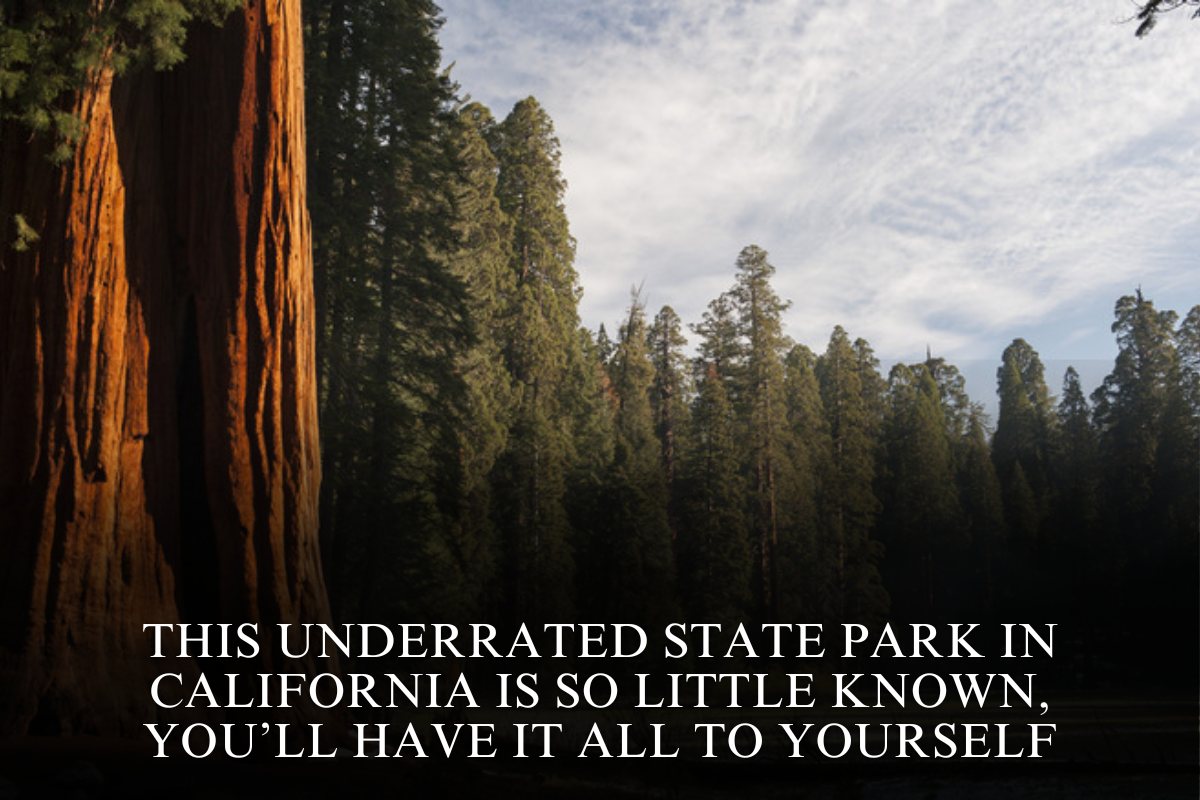Can you provide a comprehensive history of Wyoming using milk bottles? You can if you are Steve Wallace, a collector, author, and historian of all things dairy in the Cowboy State.
Wallace is finishing up his latest book, “Following the Trail of Wyoming Dairies.” It provides a comprehensive history of Wyoming’s dairy industry from 1850 to 2025.
Wallace, who lives in Casper, has spent decades collecting milk bottles.
After becoming curious about the history of his hobby, he decided to milk it for everything it was worth.
“There have been over 1,000 dairy farms, creameries and cream stations in Wyoming in the last 175 years, but most people couldn’t tell you where there’s a dairy in Wyoming today,” he told me. “This book is about reliving Wyoming’s dairy business.”
Collecting Information
Wallace, who grew up in Pennsylvania, has been living in Wyoming since being transferred to F.E. Warren Air Force Base during his military service. But he had been collecting milk bottles since childhood.
“When my collection exceeded 1,000 milk bottles from around the country, I knew I had to downsize somehow,” he told me. “So, I got rid of all of them, except for the ones from Wyoming.”
Wallace discovered more than just interesting designs and images when reviewing his Wyoming bottle collection. He realised he had a unique archive of historical information preserved in glass.
“I started finding milk bottles from historical places, ghost towns, and things like that,” he told me. “It just blossomed into collecting dairy advertisements on anything related to Wyoming dairy. I was quite enthusiastic about this.”
Wallace released “Wyoming Dairies & Dairy Collectibles” in 2009. Since then, he’s received dozens of inquiries from people who want to share and learn more about Wyoming’s dairy history.
The new book is a “update” of 210 pages of history told through the lens of glass milk bottles, he said, and it took him more than two and a half years to compile.
“It’s probably as complete as it will ever be,” he told me. “I’ve visited museums and archives throughout the state to gather information and photographs. There’s so much information there, and the best part is that it’s not just reading material.”
Whole Milk
Wyoming isn’t traditionally known as a dairy state, but Wallace believes it has its own distinct role in the dairy industry. Wallace hopes that his new book will raise awareness of the Cowboy State’s rich history.
“The first record of dairy cows coming into Wyoming was in 1868,” he told me. “A lady moved to the newly started Laramie City from Denver, and she brought all her household goods, including six dairy cows.”
When the Transcontinental Railroad built tracks through southern Wyoming, dairy products could be shipped across the country. That sparked the state’s dairy industry, which peaked in the late 1800s and early 1900s.
The industry is much “smaller” in the twenty-first century. Wyoming’s modern dairy farms are few and far between, but they operate on a much larger scale than their historical counterparts.
Wallace was astounded as he toured a modern dairy farm near Carpenter in Laramie County. It demonstrated that the industry is thriving in Wyoming.
“There were only five dairy farms in Wyoming in 2024,” he told me. “I grew up on a dairy farm, and as kids, we milked ten cows twice a day. I was surprised to learn that they milked 6,200 cows three times a day in Carpenter. That’s ten semi-loads of milk per day. “It is unbelievable.”
The history of the hundreds of dairy farms that have come and gone over the last 175 years remains intact. Wallace knew where to look.
Bottling Up History
There is a thriving community of milk bottle collectors, and many of them are willing to part with a good portion of their milk money to acquire rare and unique bottles.
Wyoming milk bottles are in high demand among experts and collectors alike.
Wallace stated that Wyoming dairy farms and creameries, which produced high-quality dairy products at the time, embellished their bottles with everything collectors want today.
“Wyoming’s dairies were unique in producing what collectors want today,” he told me. “Some people collect milk bottles with war slogans on them, and Wyoming has some of the best war slogans in the entire country. Some people collect bottles with historical images, and there are plenty of them.
Wallace acquired a bottle made by Converse Creamery in Douglas that featured an image of the nearby Ayres Natural Bridge. Eden Valley Dairy in Rock Springs created a bottle with an image of the Rock Springs Coal Arch, which once spanned C Street.
In 1906, “Shy Ann” advised people not to cry over spilled milk—unless it was Shy-Ann Jersey Dairy from Cheyenne. The dairy’s name was inspired by the popular song “Cheyenne,” which was released that year.
Yellowstone Dairy in Casper featured an image of the Lower Falls in Yellowstone National Park on their Grade-A pasteurized whipped cream. Of course, there were plenty of bucking horses on bottles, advertisements, and anything produced by Wyoming dairy farms.
“They wanted Western pictures for everybody back east,” Wallace told me. “It was true then, and people are still fascinated by Western scenes and images on milk bottles. That’s what makes Wyoming milk bottles so appealing.
Wallace dislikes thinking about the value of milk bottles, but he claims a Wyoming milk bottle in good condition can fetch up to $2,000.
“I didn’t get into the money in my book, but it’s an indication of exactly how prized and valued some of the Wyoming bottles are,” he told me.
Published Before It Perishes
Wallace extensively researched the history of Wyoming’s dairies and creameries for his soon-to-be-released book, but a lot of his information came from close to home. His basement houses the Wyoming Milk Bottle Museum, a personal collection of hundreds of milk bottles that he has acquired over several decades.
“I have probably 99% of all the Wyoming milk bottles that are known,” he said. “I had to go to some other folks that had collections and see if I could pick out one or two here and there that I didn’t have in my collection to get photos for the book. I even did a couple of TV commercials, trying to find additional items that some of the old-timers could help me with.”
Wallace’s museum also includes a wide range of advertisements, labels, and other artifacts from Wyoming’s dairy history. One item in particular sparked his interest in pursuing the more expansive book, which has taken nearly three years to complete.
“I found a token from a dairy farm in Cambria, Wyoming,” he said. “It was good for one quart of milk. That town’s long gone, but they had a dairy farm there.”
Cambria, established in 1889, was a thriving coal-mining town in Weston County until it was abandoned in 1928. It’s a ghost town today, but Wallace’s token serves as a reminder of a vibrant history that has since disappeared.
That, according to Wallace, is the purpose of his book: to record and remember a unique piece of Wyoming’s history that he was uniquely positioned to chronicle through his expansive collection of milk bottles.
“It’s my last great hurrah on the dairies and creameries of Wyoming,” he said. “All this stuff is history that will someday be forgotten. The milkman disappeared around 1960, and for a lot of young folks, that history hasn’t been forgotten because it was never learned. That’s what the whole book is about — reliving the Wyoming dairy business from 1850 to today.”












